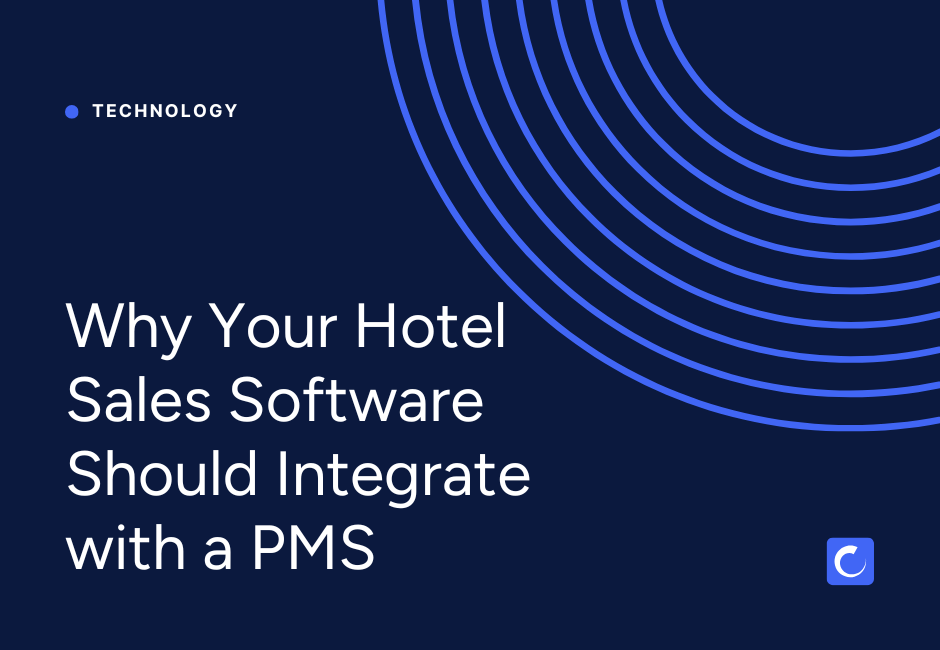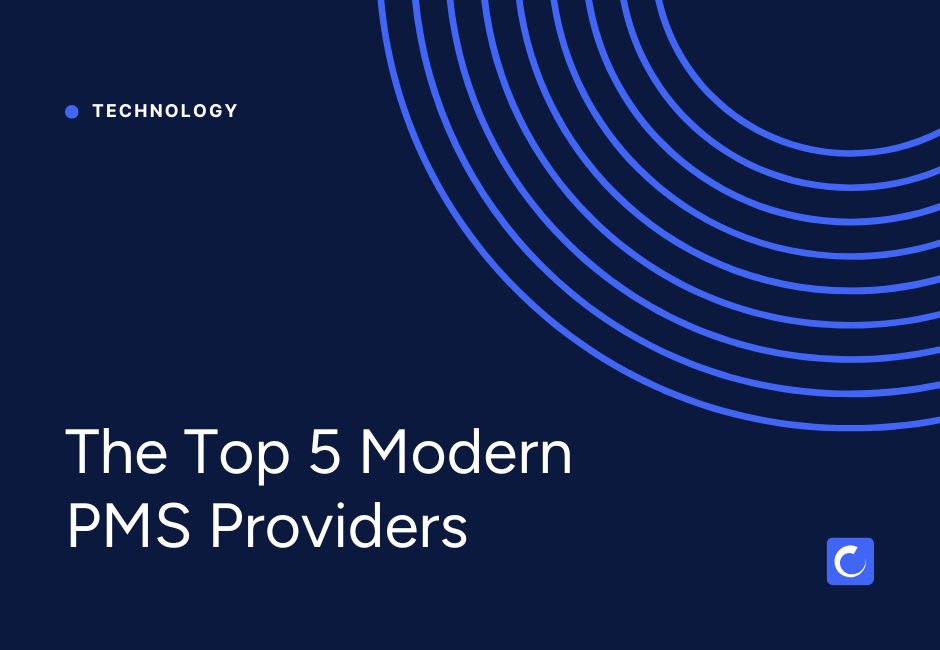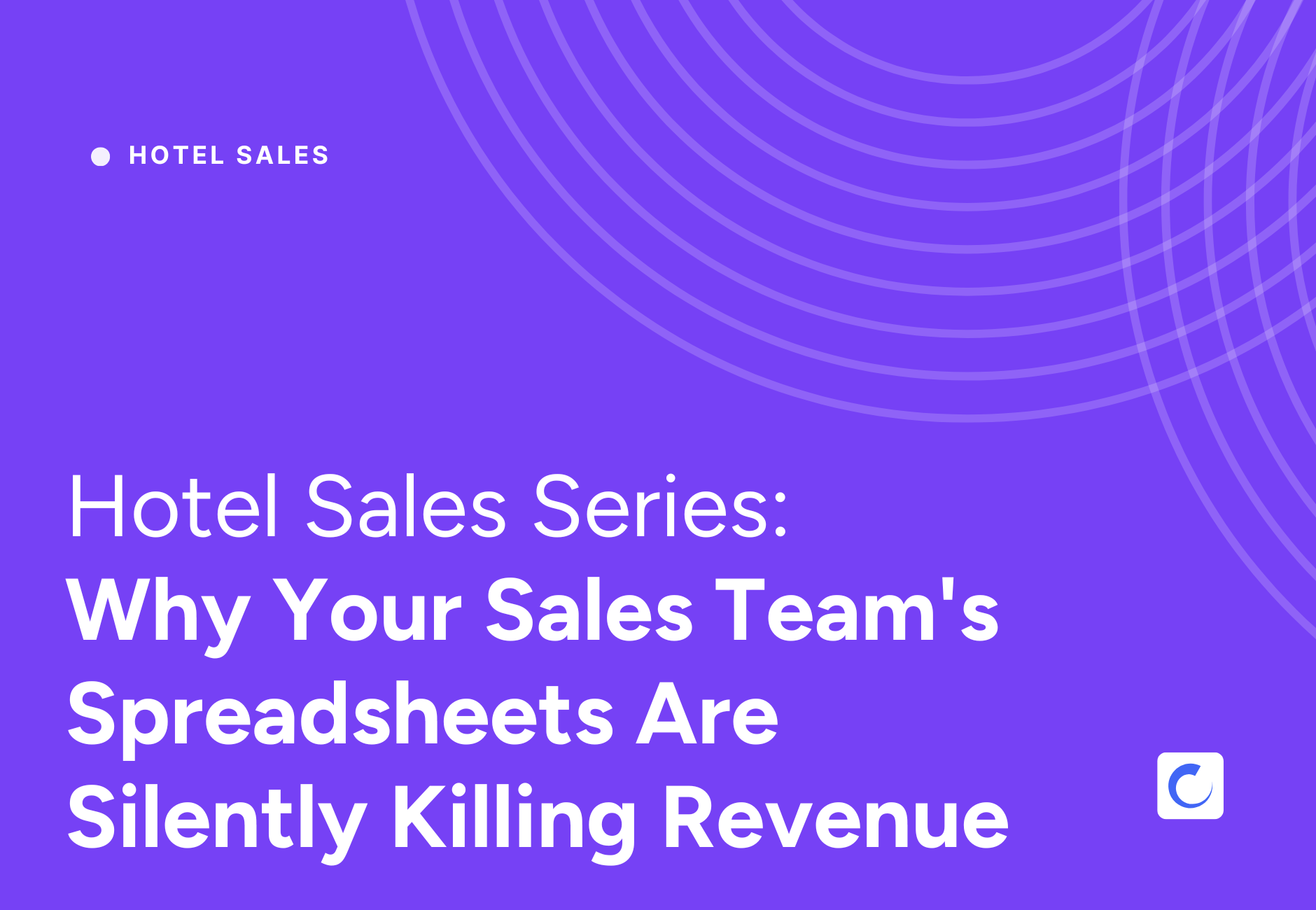
It seems that everywhere we go now, we encounter modifications to our usual daily routines. Whether it be lining up for pretty much everything like to get into the supermarket, to pay for your goods, or to even just visit the bank. This is our new normal: markers and signs to direct the flow of foot traffic, boxes spacing you apart from others while queuing and plastic shields between tables at restaurants and between you and tellers or cashiers. When it comes to hospitality, managing hotel capacity constraints have become a top priority as properties worldwide have started to reopen. They face the challenging task of generating business back into their properties but balancing that with the importance of keeping guests and staff safe.
Hotels that are reopening have to consider new measures and policies regarding strict guidelines around social distancing, hygiene and sanitation, and reduced capacity across the entire hotel. They are also facing the pressure of their competition reopening and competing for the same slim portion of the population that is traveling during the pandemic. This all translates to higher costs, slimmer margins, and an increase of other financial and operational costs and risks.
This may seem daunting, but with every con, there are pros and areas of opportunity. Continue reading for our outlook on managing hotel capacity constraints in a COVID-19 world.
Hotel capacity constraints on revenue management
With hotels operating at less than 100% physical capacity, let’s understand what potential factors may influence your operations.
1 - Social distancing guidelines may dictate that a hotel must leave a certain number of their total rooms empty. This could look like closing every other room on each floor.
2 - Social distancing guidelines enforced at other on-property areas like restaurants, casinos or other shared amenities. If a restaurant is only allowed to be half- full, a hotel may not want to create a situation where they can’t accommodate hotel guests because it could detract from the guest experience.
3 - Staffing level for housekeepers may result in closing a certain number of floors completely. This economic decision is based on when marginal revenues are no longer viable to cover the cost of turning a room.
4 - Hotels that are implementing a safety requirement of a 24-72 hour waiting period after a guest has left before a housekeeper can enter a room to clean it.
Now while these factors have some degree of financial impact, factor number four can be a challenging constraint on capacity. For example, if a hotel with an average of a two-night length of stay has a 24 hour waiting period, they are losing revenue on that extra day they have to wait before they can sell that room. If the waiting period is 48, or even 72 hours, then the potential loss increases. Furthermore, factors like arrival and departure times could make actual effective capacity vary significantly from night to night as well.
Effective capacity, also known as ‘yieldable’ capacity in revenue management, are the number of rooms you have available to sell to transient customers on any given night. This figure is different from your ‘physical’ capacity, which is the total number of rooms in your hotel. It’s kind of like when you have a large room block booked in that creates compression on total availability and changes your strategy for how you price and manage the remainder of your inventory for transient customers. The larger that room block, the more likely it is that you will yield rates and availability more aggressively.
Although demand for hotels is expected to be low for the next little while, you may find themselves in these similar kinds of situations while managing hotel capacity constraints. You may be forced to turn away guests from time to time as things ramp up. These lost opportunities will add up and it is important to ensure that the most profitable and valuable customers have access to the scarce remaining sellable rooms, even if all your rooms are not physically occupied.
Pricing
Pricing is a sensitive subject, especially during tough times such as these. Hotels need to tread carefully with respect to a guest’s perception of pricing. The public is aware of how hospitality is impacted during this crisis and will be sensitive to any resemblance of price gouging. On the flip side, hotels have a fiduciary responsibility to stakeholders and need to maximize profits where possible to stay essentially in business. Ideally, achieving a sort of win-win here would look optimizing risk-adjusted return. Balancing ROI while still developing the strongest possible long-term relationship with guests.
Managing hotel capacity constraints may help hotels avoid the situation where competition on price becomes super fierce within a market. Data from past crises show that hotels that engage in this and experience a decline in ADR are the slowest to recover from a RevPAR perspective. This means that hotels need to distinguish situations where they need to take competitive pricing actions from situations where they have the opportunity to diverge from what their competition is doing.
Seize the opportunity
Coming up with a strategy to manage and track ‘out-of-order’ and ‘off-the-market’ rooms and not losing sight on the importance of forecasting demand are the most important things to consider. A PMS system will allow specific rooms to be pre-booked for upcoming guests, which they will then be placed out of order to reflect the lost inventory. When a hotel needs to operate at or below a certain capacity without needing to specify what individual rooms are closed, it can block or retain rooms at a room type level. Hotels can also use modeling techniques to help them make the most appropriate decisions when managing available capacity. You want your PMS and revenue management system to have the most accurate and consistent view as possible into the yieldable room inventory for each future date.
When it comes to forecasting demand, it almost feels like a lost cause when the hotel industry expects so little demand at the moment. But it doesn’t mean you shouldn't do it, with good reason. If you skip out on this entirely, it could cost a hotel greatly once it’s back in a position where demand exceeds supply. The sooner a hotel can pick up on this by doing regular forecasting demand, the greater opportunity it has to be able to seize additional revenue.
The last point to consider when managing hotel capacity constraints, is to focus on unconstrained demand. Unconstrained demand is an estimation of the total demand for your property, but ignoring rate and capacity constraints. Basically, how many rooms could be sold on a given night if your hotel had unlimited inventory? Limits on capacity will lead to a limit on observable demand. As you gain inventory back, it is then likely there is additional demand for rooms on top of what you’ve observed. By understanding the relationship between your unconstrained demand and yieldable capacity, you will be able to make the best pricing and inventory management decisions.




